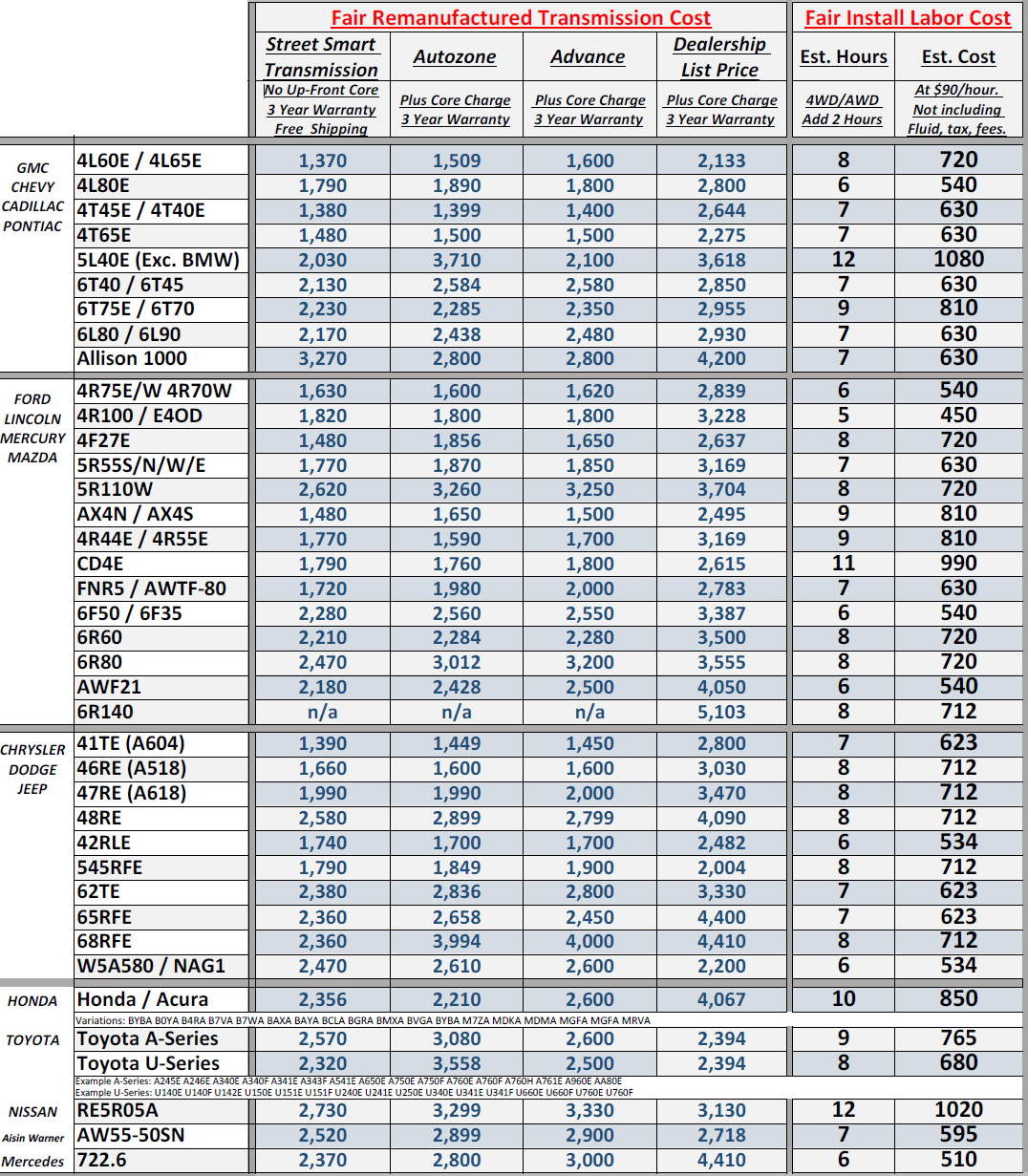In a traditional manual transmission, everything is pretty much in line — engine, transmission, differential. When you shift, depending on the position of the gearshift, you are choosing one of three rods that, in turn, chooses a different fork for a different gear. As you move through the gears, different combinations of rods and forks move as you go through the gearshift pattern and put the right gears in contact with the layshaft at the right times.
The steps that make this occur are:
* Press clutch in
* Shift gears
* Release clutch
The Mini, like most front-drive subcompacts, differs to a major degree because of its engine placement. Instead of being mounted North to South where north is the front of the car and sount is the rear, the engine is mounted East to West. This introduces another level of complexity into transmission work.
In the traditional engine/transmission layout, the general direction of movement is back and forth. In a transversely mounted layout — the type used in your Mini — the movement is side to side. Yet, when sit in your Mini you are still oriented North to South (you look at the front end and the rear end is behind you) and all of the actions are similar.
This is where the complications set it, just because the combined engine, transmission and axle (transaxle) are at adds. To smooth things out, the Mini uses a set of cables to shift. A known problem on these cables. There are two cables that use spherical end joints whose rubber can wear. When these cables wear, your Mini will exhibit the problems you discuss. It’s simply because the either bind up or fail to function that you lose your shift.
The good news is that you won’t have to invest 1,000 pounds to replace the transmission. You will likely have to spend about 250 pounds and it is will be a fairly quick repair, maybe four or six hours.

